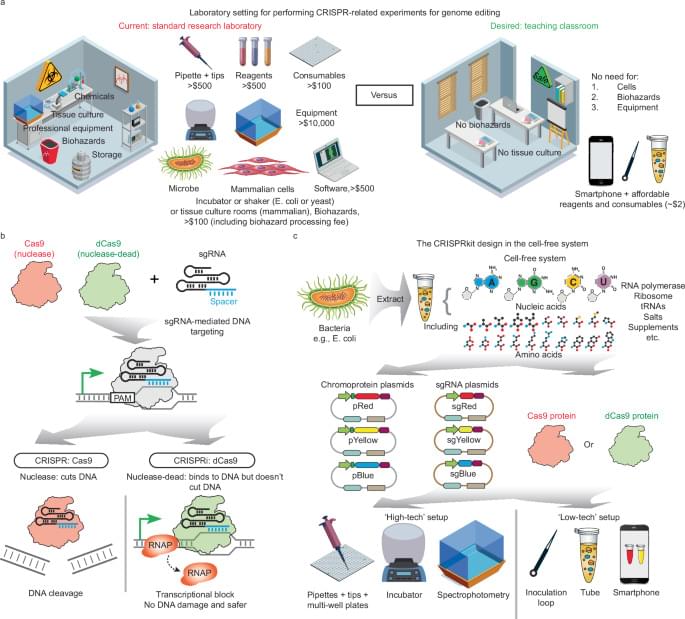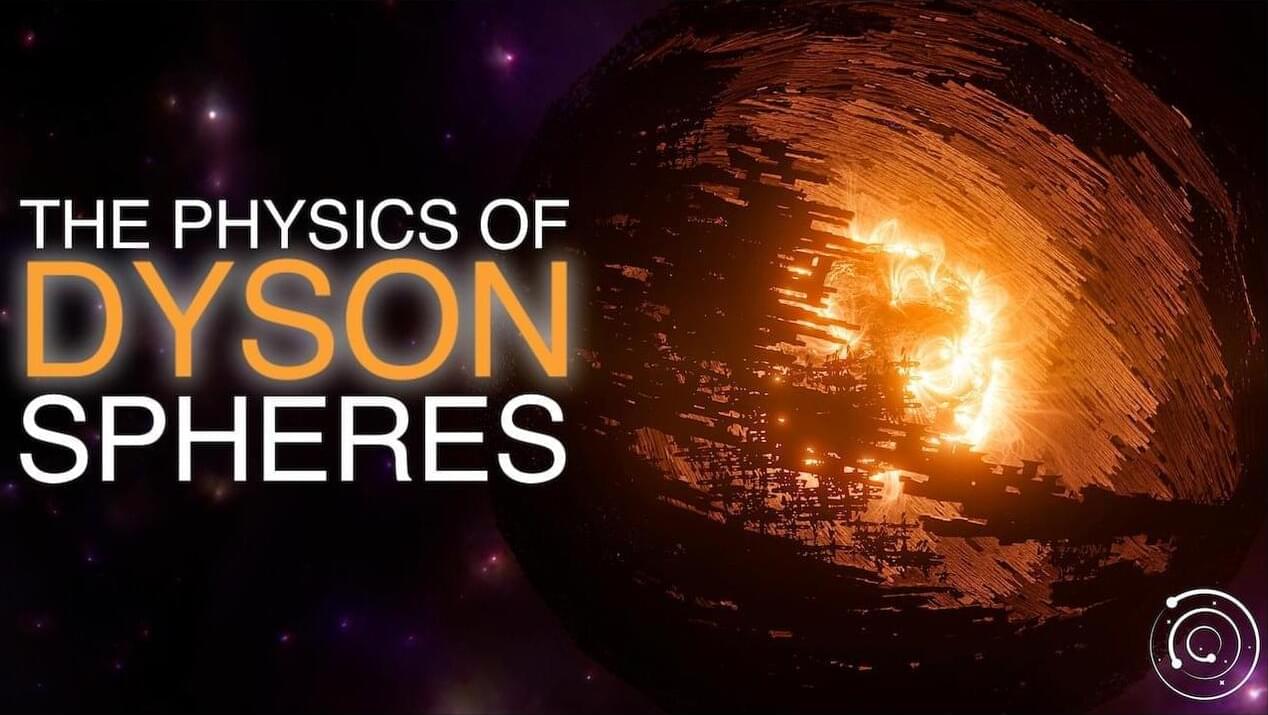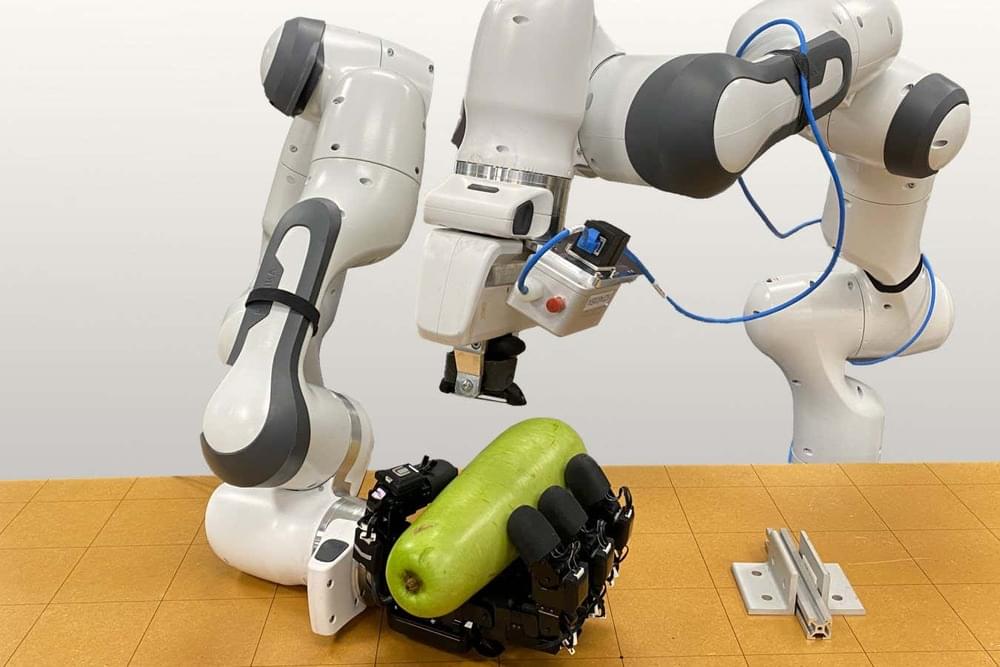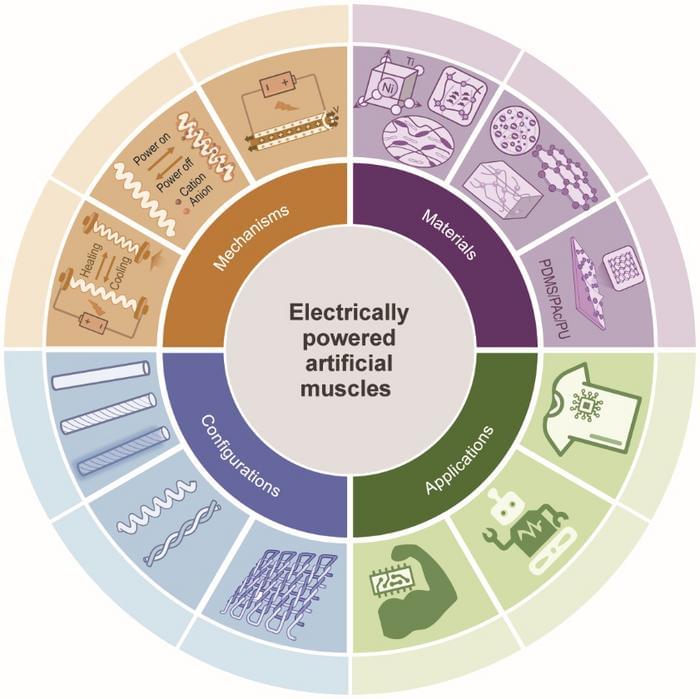Tracing the “chemical roots of consciousness,” he ends up affirming panpsychism, but insisting that nature is a “technologist.” Someone must do the thinking.
Equitable and accessible education in life sciences, bioengineering, and synthetic biology is crucial for training the next generation of scientists. Here the authors present the CRISPRkit, a cost-effective educational tool that enables high school students to perform CRISPR experiments affordably and safely without prior experience, using smartphone-based quantification and an automated algorithm for data analysis.
Use code coolworlds at https://incogni.com/coolworlds to get an exclusive 60% off an annual Incogni plan. The idea of Dyson Spheres was a radical proposal by the physicist Freeman Dyson, an enormous shell of material enveloping a star. Dyson’s idea may be over half a century old, but interest in looking for such objects has only grown in the decades since. But how would such structures work? Are they physically even possible? And what might someone use them for? Today, we dive into the physics of Dyson spheres. Written & presented by Prof. David Kipping. Edited by Jorge Casas. Special thanks to Jason Wright for fact checking. → Support our research: https://www.coolworldslab.com/support → Get merch: https://teespring.com/stores/cool-wor… Check out our podcast: / @coolworldspodcast THANK-YOU to T. Widdowson, D. Smith, L. Sanborn, C. Bottaccini, D. Daughaday, S. Brownlee, E. West, T. Zajonc, A. De Vaal, M. Elliott, B. Daniluk, S. Vystoropskyi, S. Lee, Z. Danielson, C. Fitzgerald, C. Souter, M. Gillette, T. Jeffcoat, J. Rockett, D. Murphree, M. Sanford, T. Donkin, A. Schoen, K. Dabrowski, R. Ramezankhani, J. Armstrong, S. Marks, B. Smith, J. Kruger, S. Applegate, E. Zahnle, N. Gebben, J. Bergman, C. Macdonald, M. Hedlund, P. Kaup, W. Evans, N. Corwin, K. Howard, L. Deacon, G. Metts, R. Provost, G. Fullwood, N. De Haan, R. Williams, E. Garland, R. Lovely, A. Cornejo, D. Compos, F. Demopoulos, G. Bylinsky, J. Werner, S. Thayer, T. Edris, F. Blood, M. O’Brien, D. Lee, J. Sargent, M. Czirr, F. Krotzer, I. Williams, J. Sattler, B. Reese, O. Shabtay, X. Yao, S. Saverys, A. Nimmerjahn, C. Seay, D. Johnson, L. Cunningham, M. Morrow, M. Campbell, B. Devermont, Y. Muheim, A. Stark, C. Caminero, P. Borisoff, A. Donovan & H. Schiff. REFERENCES ► Wright, J. 2020, “Dyson Spheres”, Serbian Astronomical Journal, 200, 1: https://arxiv.org/abs/2006.16734 ► Dyson, F. 1960, “Search for Artificial Stellar Sources of Infrared Radiation”, Science, 131, 1667: https://ui.adsabs.harvard.edu/abs/196… ► Dyson, F. 1960, Science, 132,250 ► NASA IRB JWST Report 2018: https://www.nasa.gov/wp-content/uploa… ► Papagiannis, M. D. 1985, “SETI — a look into the future.”, The search for extraterrestrial life: recent development, 543: https://ui.adsabs.harvard.edu/abs/198… ► Scoggins, M. & Kipping, D. 2023, “Lazarus stars: numerical investigations of stellar evolution with star-lifting as a life extension strategy”, MNRAS, 523, 3251: https://arxiv.org/abs/2210.02338 MUSIC Licensed by SoundStripe.com (SS) [shorturl.at/ptBHI], Artlist.io, via CC Attribution License (https://creativecommons.org/licenses/…) or with permission from the artist. 0:34 Tamuz Dekel — Quiet Pull 3:05 We Dream of Eden — Discovery 4:23 Hill — World of Wonder [https://open.spotify.com/track/7kYX7G… ] 6:28 Chris Zabriskie — Music from Neptune Flux 4 8:59 Hill — Arctic Warmth 11:54 Hill — Northern Borders 15:13 Hill — Fragile 17:45 Indive — Trace Correction CHAPTERS 0:00 Prologue 0:39 Inception 3:11 Incogni 4:27 Mechanical Stability 8:31 Gravitational Stability 11:08 Stellar Feedback 13:42 Computational Limits 16:23 Rings and Swarms 17:45 Outro and Credits #DysonSphere #Astronomy #CoolWorlds
This morning, SpaceX will launch a Falcon 9 rocket on a resupply mission to the International Space Station.
Nvidia’s upcoming artificial intelligence chips will be delayed by three months or more due to design flaws, a snafu that could affect customers such as Meta Platforms, Google and Microsoft that have collectively ordered tens of billions of dollars worth of the chips, according to two people who help produce the chip and server hardware for it.
Nvidia this week told Microsoft, one of its biggest customers, and another large cloud provider about a delay involving the most advanced AI chip in its new Blackwell series of chips, according to a Microsoft employee and another person with direct knowledge.
Would be more impressive if it was attached to a humanoid robot body.
A robot can hold a squash, pumpkin or melon in one hand, while it is peeled by the other.
By Alex Wilkins
Electrically powered artificial muscle fibers (EAMFs) are emerging as a revolutionary power source for advanced robotics and wearable devices. Renowned for their exceptional mechanical properties, integration flexibility, and functional versatility, EAMFs are at the forefront of cutting-edge innovation.
A recent review article on this topic was published online in the National Science Review (“Emerging Innovations in Electrically Powered Artificial Muscle Fibers”).
Schematic of electrically powered artificial muscle fibers categorized from the mechanism, material components, and configurations, as well as their application fields. (Image: Science China Press)
Weather and climate experts are divided on whether AI or more traditional methods are most effective. In this new model, Google’s researchers bet on both.
Baidu’s novel self-reasoning AI framework aims to enhance language model reliability, potentially eliminating ‘hallucinations’ and setting new standards for AI accuracy and transparency.









